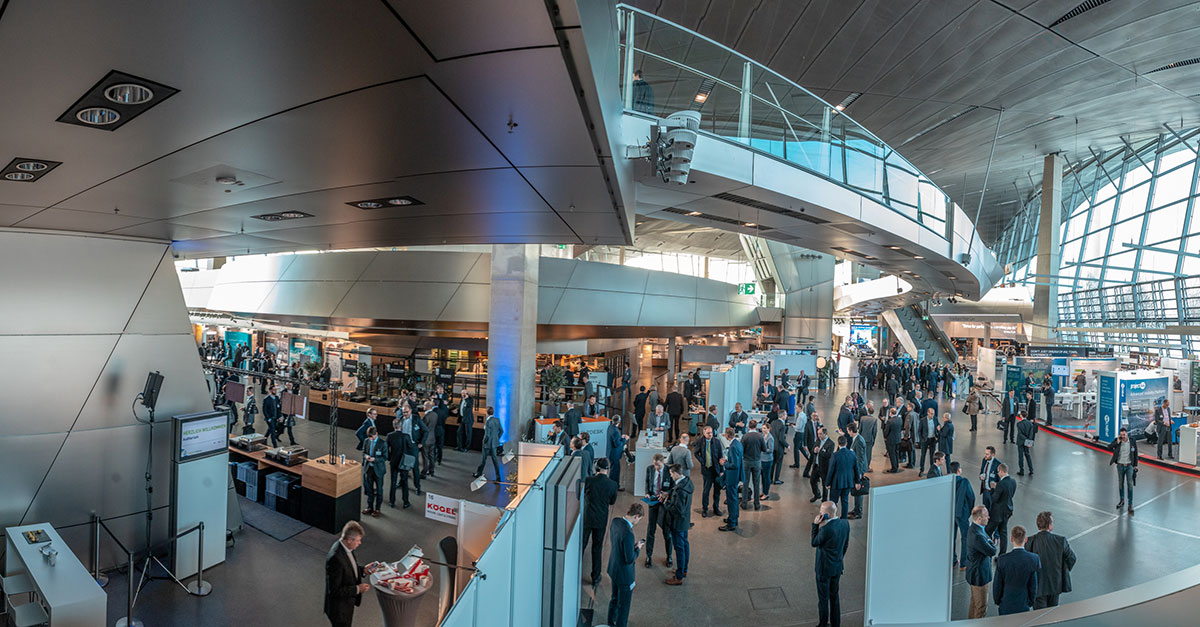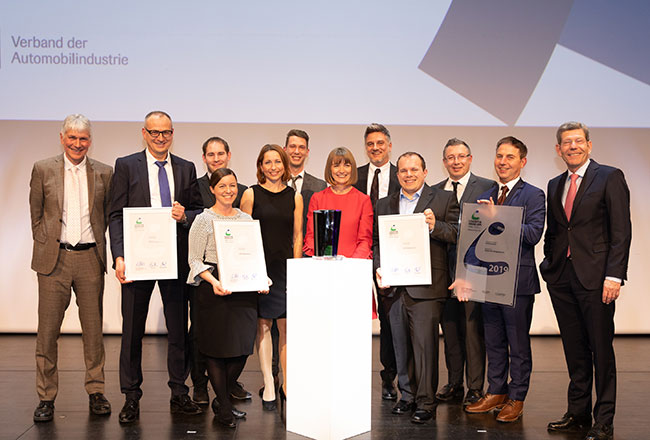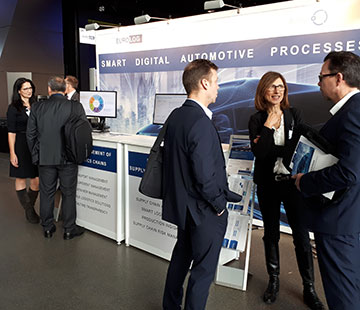What is driving logistics in the automotive industry?

Digitization is in full swing
For some time now, approaches such as artificial intelligence or the Internet of Things have left the scientific and university sphere. Companies in the automotive and logistics industries have begun implementing these approaches with the technological options available today. The successful digitization of industry-specific procurement strategies is making massive progress and continues to serve as a role model and benchmark for other industries.
What you could see and hear at the Forum Automobillogistik 2019, which took place on 5-6 February at the BMW World in Munich under the motto “Creating value creation – analogue – digital – in real time”, was, as expected, extremely impressive. Once again, it helped to promote the successful and forward-looking work of the organising associations BVL (Bundesvereinigung Logistik e.V.) and VDA (Verband der Automobilindustrie e.V.) en passant: In presentations and the accompanying exhibition, more than 500 participants witnessed how the automotive industry is not only facing up to digitization in areas that are directly perceptible to customers, such as e-mobility or car sharing, but is also consistently making production and procurement processes fit for the future.
Manufacturers and suppliers are pulling in the same direction
On stage, automakers such as BMW and Volkswagen presented the “post-EDI age” with the help of use cases that are already in production: The digital collaboration strategy across company boundaries has been implemented. The transport service providers involved in the process in addition to the suppliers are fully integrated and thus not only secure the supply chain, but also make previously unattainable visibility possible: Either systemic feedback or messages from sensors proactively detect supply disruptions. In terms of predictive analytics, system-based recommendations for action can prevent serious disruptions in production for those involved.

Suppliers are also making use of the available technologies: This was certainly highlighted by the annual VDA Logistics Award. This year’s award went to Continental AG for a cloud-based IT solution that enables real-time supply chain analyses based on capacity requirements and commitments, thus identifying bottlenecks caused by material delivery delays or even failures.
What’s more, the tool enables the company to maintain its supply capabilities to the automotive OEMs by reallocating inventories and production programs. This makes it possible to completely avoid supply risks towards the OEM or at least to indicate these at such an early stage that suitable preventive measures can be initiated.
This remarkable solution certainly not only impressed the audience at the award ceremony, but will also remain a topic of discussion about supply security after the event. Because of the diversified supplier community, the main complexity of the supply chain is surely with the supplier, the so-called “Automotive Tier-1”. Continental’s solution certainly sets an example for for other suppliers.
Standardization is a necessity
However, it became clear in the lectures, in the discussions at the exhibition stands or at the get-together during the breaks that individual initiatives always reach their limits when they converge at certain points. One example are truck drivers who pick up goods for different customers from different suppliers and have to confirm loads or states in an app. But due to the different digitization approaches, they have to do this on umpteen different apps.

The discussion here is clearly towards standardization in order not to destroy the added value of digitized processes from ordering to provisioning at the point of assembly by a proliferation of systems and applications. Cross-company technological approaches in the cloud are esteemed as viable approaches. The key to the solution mark multi-enterprise networks, since the classic 1:1 relationship via EDI will no longer work once transport service providers are included in the digital process mapping.
What approaches will we see in this respect at next year’s Forum Automobillogistik 2020? We can’t wait.



